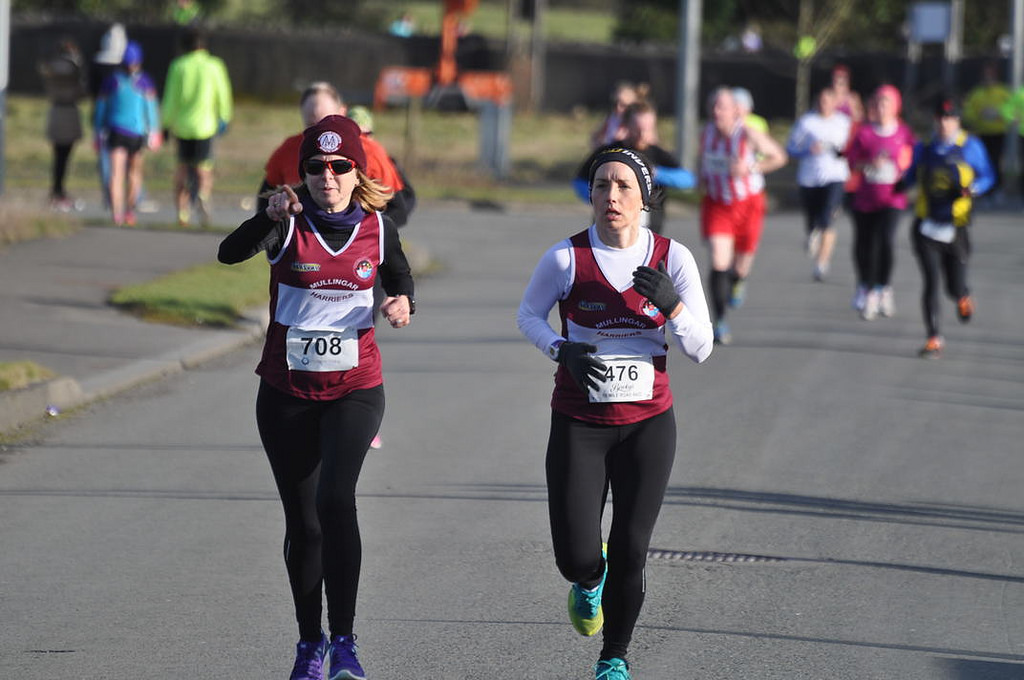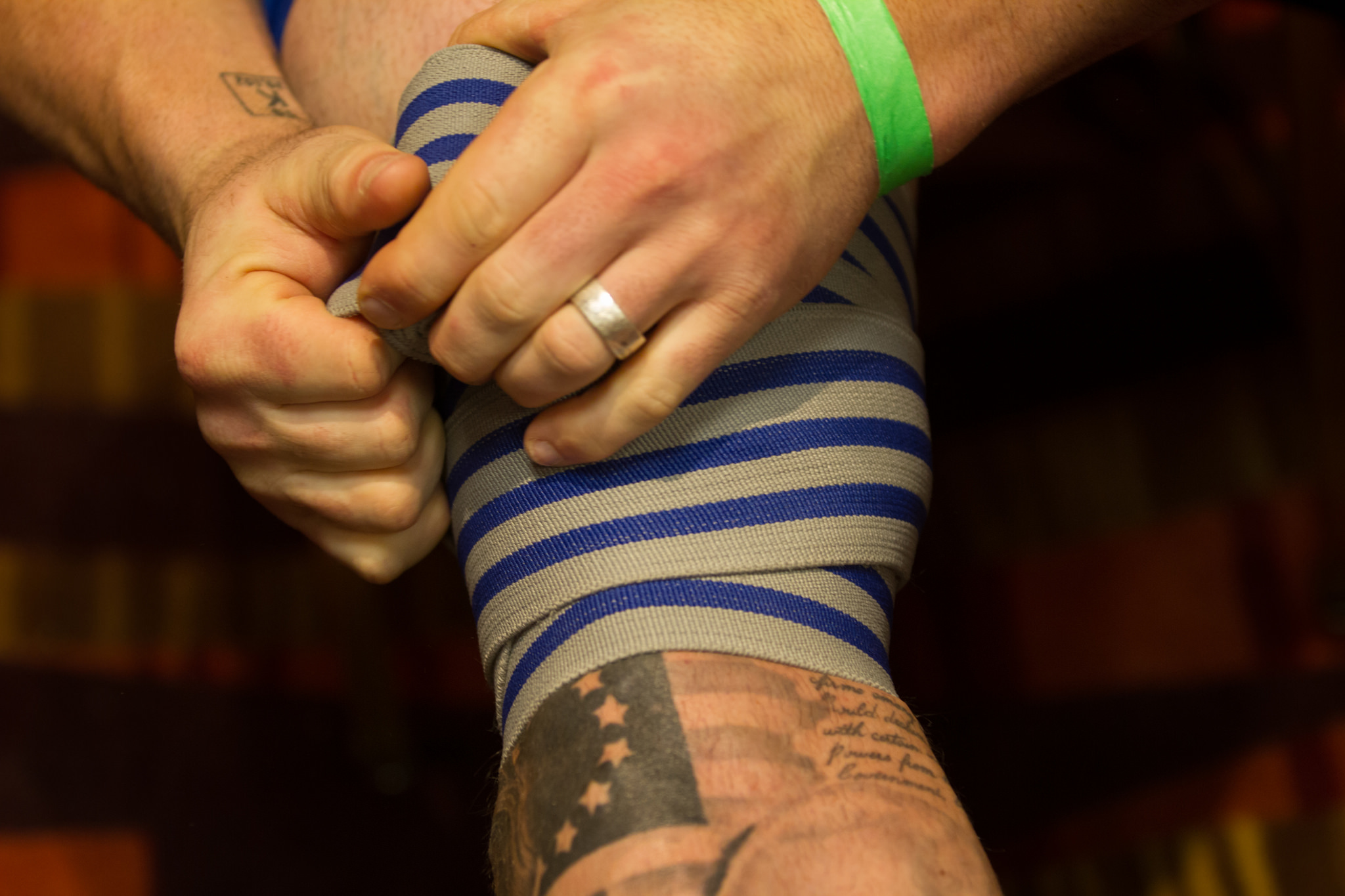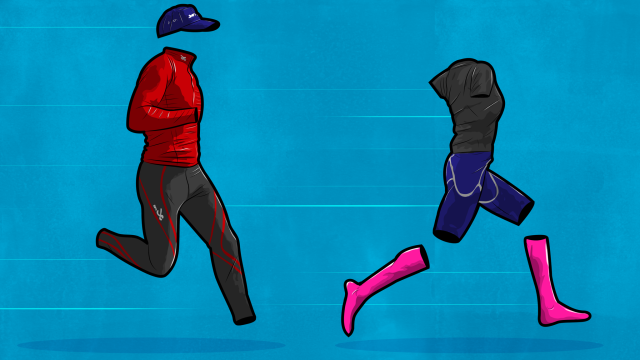Basketball players, runners, weight lifters and everyday gym-goers are always looking for an extra edge, and they think compression gear might be just the thing. By squeezing yourself into these stretchy garments, you supposedly increase blood flow, which in theory, means more oxygen to working muscles and a better workout.
Illustration by Sam Woolley. Images by Peter Mooney and Ryan Gacayan.
Compression gear comes in all kinds: High-knee socks, elbows sleeves, long pants, knee wraps and tops. These tight-fitting clothes are usually made from a blend of spandex and nylon to hug the hell out of your arms, legs or torso, without constricting your movement. Compression leggings and socks are popular among triathletes and long-distance runners, for example, and Asics ads for their products feature optimistic claims: Compression gear helps you run farther and recover faster “because you’ll be removing lactic acid quicker, reducing soreness in muscles”. Those are some pretty fancy pants, to be sure, but it’s a bit hyperbolic.
What Compression Gear Can and Can’t Do

Compression gear does increase your circulation, that much is true. It can raise your core temperature, for example, but whether that’s significant enough to help you break records or perform better than you would without it is less clear. According to an analysis of the current literature published this year in Sports Medicine, compression gear has overall trivial benefits on variables that are related to running performance, like your running economy (how efficiently you run), stride length, number of steps and other mechanics. The authors note the benefits might be more psychological than anything: You feel less fatigued than you actually are and can slog on a little longer because you’re more aware of your body’s relation in space. With that, you’re able to move more efficiently, and that makes workouts feel less tiring.
On the other hand, competitive weightlifters swear by knee wraps (different from knee sleeves), which are elastic garments that you wrap tightly around your knees to protect them during heavy squats. A study in Journal of Strength and Conditioning observed that knee wraps actually do help the wearer lift about 10 per cent more weight, but they do so by changing the way you squat. In other words, these are helpful for powerlifting competitions and little else.
So it seems it depends on the compression gear and the activity you’re doing. In sports with explosive type movements, like intense sprints and vertical jumps, wearing compression gear offers minor improvements, as this study review in the International Journal of Sports Physiological Performance found. But the study also doesn’t rule out the undeniably strong influence of the placebo effect. I remember wearing compression leggings for my half marathon race because I believed they’d help me finish strong — and lo and behold, the pants really did run all 21km! (Seriously, I did finish my all-time best.)
When Compression Gear Actually Does Help

Compression gear has actually been used for medical conditions like lower leg blood clotting, diabetes-related oedema and other circulatory issues for years. They’re a viable and helpful option in place of blood thinning drugs and other more invasive forms of treatment. They’re also great for helping keep injured joints warm and providing some support to them.
Most compression gear manufacturers like the popular 2XU like to emphasise the recovery benefits. They “reduce muscle soreness,” the product pages say. And well, there’s some truth to that.
According to a review of the research in British Journal of Sports Medicine, wearing compression gear after intense exercise or competition can help speed up recovery and, at least, reduce your perception of overly sore muscles. One study in the Journal of Strength and Conditioning Research observed better recovery in rugby players who wore the leggings for 24 hours straight after exercise, which is to suggest that if you’re focused on recovery you should try wearing your compression gear for lengthy periods (like a couple of hours at least) after exercise. We’re not sure exactly why the gear helps with recovery. One simplified version of a theory is that their compressive nature reduces the space available for inflammation and swelling.
Meanwhile, some people, myself included, just wear compression tights because they’re more comfortable and don’t get in the way like loose-fitting shorts or sweats might. My friends and I sometimes wear compression leggings because the snugness feels great and gives us a psychological boost for those gruelling leg days. Plus, let’s be vain for a second here: They make certain aspects of the body look mighty fine.
When you wear compression gear, keep in mind that it’s supposed to feel “I can’t believe I can actually fit in this” tight. You’re going to feel squished and uncomfortable at first, but as you adjust to them, they will feel better and better. Try compression socks to start. Some people may never get used to the feeling and hate them, and that’s OK, too.
The compressed version of all this is that tight-fitting garments can help you recover from hard workouts a bit faster, as long as you wear them for prolonged periods of time after hard exercise. My stance is that they’re just more functional and comfortable to wear, too. If you’re sceptical, you don’t need them, so save your money. However, there’s no evidence they’re harmful either, so if you’re interested, just plunk down the cash and spend time wriggling into them.

Comments